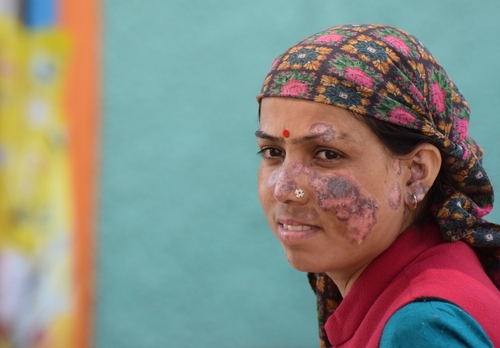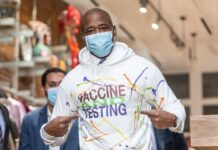
The United States is facing a new health concern as a skin-disfiguring parasite, traditionally found in the Middle East, Latin America, and Asia, has now been detected within its borders. This alarming development has prompted warnings from the Centers for Disease Control and Prevention (CDC), signaling a potential shift in the parasitic disease landscape of the country.
Leishmaniasis, the disease caused by the Leishmania parasite, manifests in skin sores that can develop weeks after an individual has been bitten by infected phlebotomine sand flies. The disease is known to be endemic in tropical and subtropical regions, as well as southern Europe, but its emergence in the U.S. suggests a possible local spread of the parasite.
CDC warns pet DOGS could start spreading new deadly flesh-eating parasite to humans in the UShttps://t.co/uPBtLdYFa6
— Wittgenstein (@backtolife_2023) October 22, 2023
Recent findings have identified an exclusive strain of Leishmania with distinct genetic characteristics, indicating that it is not associated with travel to endemic areas. This discovery raises concerns about the local transmission of the disease, particularly in southern states such as Texas, where cases have been reported.
The CDC has identified 86 cases of leishmaniasis from individuals without any recent travel history outside of America. This revelation underscores the need for increased awareness among healthcare professionals, including clinicians, dermatologists, infectious disease specialists, and general practitioners, about the signs and symptoms of this neglected tropical disease.
Skin-Disfiguring Parasite Infections Rise In Southern States, CDC Warns
Read my latest article for the @DailyCaller: https://t.co/795XA8rLB3
— Julianna (@JuliannaFrieman) November 24, 2023
Leishmaniasis can present in various forms, with cutaneous leishmaniasis causing skin ulcers and visceral leishmaniasis affecting internal organs like the spleen, liver, and bone marrow. Dr. Mary Kamb, a medical epidemiologist at the CDC, emphasized that bites from the transmitting sand flies can sometimes go unnoticed, leading to asymptomatic cases or, when symptomatic, to ulcers that may start like a small volcano with a crater.
Despite the growing concern, experts like Joshua Lieberman, assistant director of the molecular microbiology clinical laboratory at UW Medicine, assure the public that the risk of infection remains extremely low, especially for those who do not travel to endemic areas. However, the evolving understanding of leishmaniasis acquired in the U.S. necessitates vigilance and improved detection methods.
For those who do contract the disease, treatment options are available and tend to be milder for the type of leishmaniasis seen in the U.S. compared to more severe forms contracted abroad. Nevertheless, certain types of the disease that affect organs or the mucous membranes of the nose and mouth may require more aggressive treatment with potent drugs.
This health alert comes on the heels of reports last month regarding the discovery of a parasitic brain worm, Angiostrongylus cantonensis, in various coastal states. Originally from Asia, this parasite’s presence further highlights the importance of monitoring and responding to parasitic threats.
As the nation grapples with this emerging health issue, it is crucial for both the public and the medical community to stay informed and proactive in preventing the spread of leishmaniasis. Increased surveillance, education, and research into local transmission dynamics will be key in managing this disease and safeguarding public health.












